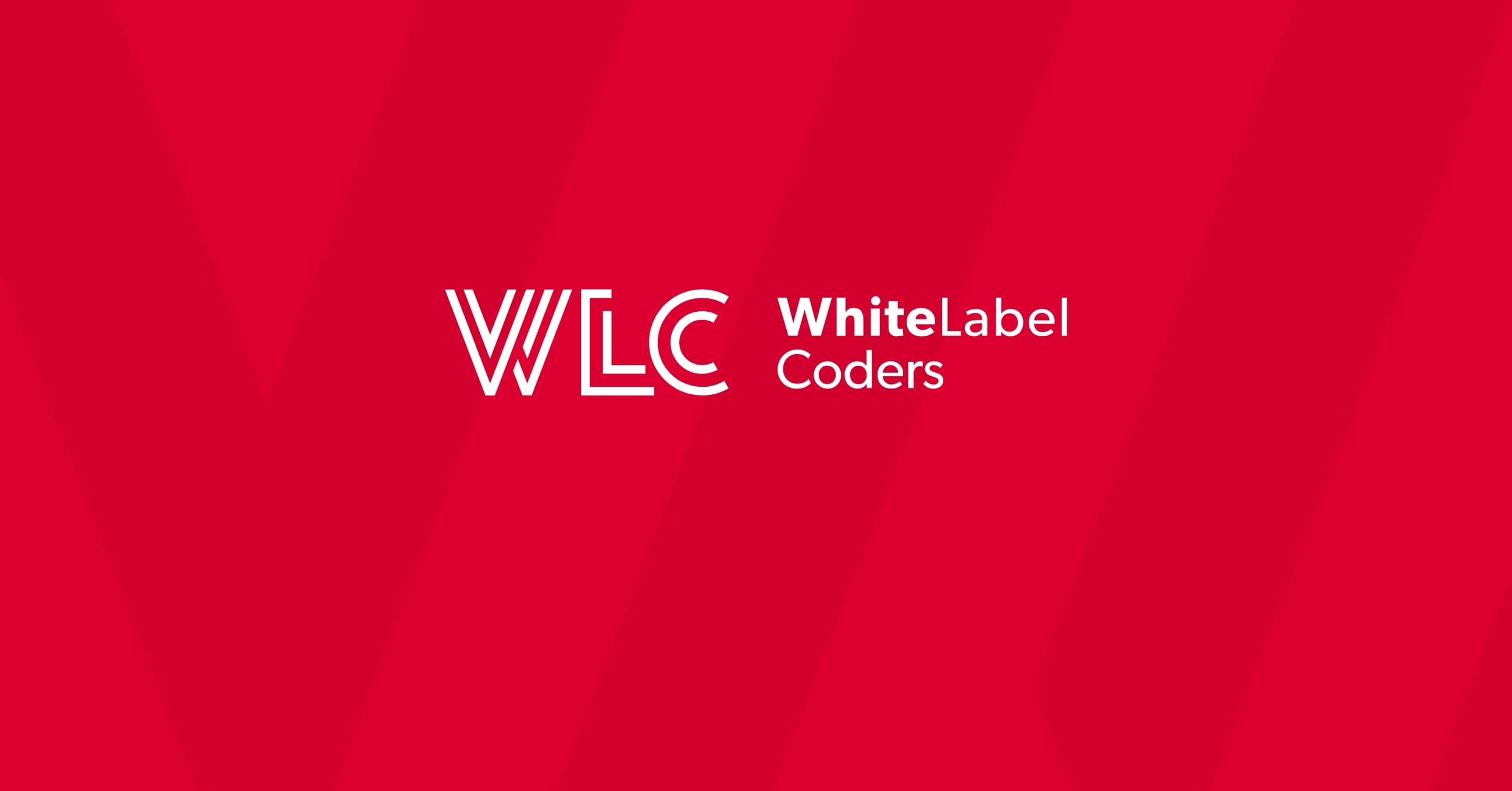Category: WooCommerce
Who is Shopify’s competition?

What is Shopify? Understanding the e-commerce platform landscape
In today’s digital retail environment, selecting the right e-commerce platform can make or break your online business. Shopify stands as one of the most prominent players in this market, offering a complete software-as-a-service (SaaS) solution that powers over 1.7 million businesses worldwide. Unlike open-source alternatives, Shopify handles everything from hosting to security through a monthly subscription model, enabling merchants to focus on selling rather than technical maintenance.
At its core, Shopify provides an all-inclusive ecosystem with built-in payment processing, inventory management, and marketing tools. The platform caters primarily to small and medium-sized businesses looking for quick deployment with minimal technical requirements. Its tiered pricing structure ranges from basic plans for startups to Shopify Plus for enterprise-level operations, with additional transaction fees applying to payments processed outside Shopify Payments.
The broader e-commerce platform landscape can be divided into several categories: hosted SaaS solutions (like Shopify), open-source platforms (such as WooCommerce), enterprise solutions, and website builders with e-commerce capabilities. Each approach represents different philosophies about control, flexibility, and responsibility for technical elements. Understanding these fundamental differences is essential before we examine Shopify’s competitors in detail.
Why analyzing Shopify’s competition matters for business decision-making
Why should you invest time comparing e-commerce platforms rather than simply choosing the most popular option? The platform you select becomes the foundation of your online business, potentially for years to come. Strategic platform selection directly impacts your operational costs, growth capabilities, and competitive advantage in the market.
Different businesses have vastly different needs. A small artisan with 20 products has different requirements than a multinational corporation with thousands of SKUs and complex inventory systems. By understanding the competitive landscape, you gain clarity about which features truly matter for your specific business model and which platforms deliver those capabilities most effectively.
Additionally, the e-commerce platform market is constantly evolving. What worked perfectly five years ago might now be outdated or unnecessarily expensive compared to newer alternatives. Platform providers continuously respond to competitive pressures by enhancing their offerings, adjusting pricing models, and developing new capabilities. This competitive innovation benefits merchants by driving improvements across all platforms. By staying informed about alternatives, you maintain leverage in negotiating with providers and can make confident decisions about when to stay the course versus when to migrate to a more suitable solution.
Major direct competitors: WooCommerce, BigCommerce, and Magento
When merchants consider alternatives to Shopify, they typically first examine other dedicated e-commerce platforms. WooCommerce stands as Shopify’s most significant competitor, powering approximately 28% of all online stores. As a WordPress plugin rather than a standalone platform, WooCommerce offers unparalleled flexibility and customization options. Unlike Shopify’s monthly fees, WooCommerce itself is free and open-source, though costs arise from hosting, security, and optional extensions.
The WooCommerce development ecosystem provides merchants complete control over their online stores, from visual presentation to backend functionality. This makes it particularly attractive for businesses with unique requirements or those seeking to avoid transaction fees. However, this flexibility comes with greater responsibility for technical elements that Shopify handles automatically.
| Platform | Pricing Model | Customization Level | Technical Requirements |
|---|---|---|---|
| Shopify | Monthly subscription + transaction fees | Moderate | Low |
| WooCommerce | Free software + hosting costs | Very High | Moderate to High |
| BigCommerce | Monthly subscription | High | Low |
| Magento | Free (Open Source) or Enterprise (Paid) | Very High | Very High |
BigCommerce positions itself as Shopify’s most direct SaaS competitor, offering similar all-inclusive hosting but with greater built-in features and no transaction fees. It particularly excels for businesses expecting significant growth, as its native functionality reduces reliance on paid apps. Meanwhile, Magento (now Adobe Commerce Open Source) targets larger operations with complex requirements. With its robust architecture and enterprise-grade capabilities, Magento offers exceptional power but demands significant technical expertise and development resources to implement effectively.
The choice between Shopify and WooCommerce often comes down to a fundamental question: Do you prefer convenience and simplicity, or control and customization? Each approach has merit depending on your business priorities.
Each platform has developed distinct strengths: Shopify excels in ease-of-use and integrated services, WooCommerce in flexibility and cost-effectiveness, BigCommerce in scalability without transaction fees, and Magento in handling complex, high-volume operations. Your optimal choice depends heavily on your technical resources, growth trajectory, and specific business requirements.
Website builder alternatives: Wix, Squarespace, and Weebly
Beyond dedicated e-commerce platforms, many businesses—particularly smaller operations or those where commerce is secondary to content—consider website builders with integrated shopping capabilities. Website builders typically prioritize ease of use and visual design flexibility, making them appealing for creative professionals and small businesses without technical resources.
Wix has evolved from a simple website builder into a credible e-commerce contender. Its drag-and-drop interface and extensive template library make it exceptionally accessible to beginners. Wix’s e-commerce functionality includes inventory management, abandoned cart recovery, and multiple payment options. However, it lacks the depth of features found in dedicated platforms like Shopify or WooCommerce, particularly for businesses with complex product catalogues or specific shipping requirements.
Squarespace positions itself as the premium design-focused alternative. It offers beautifully crafted templates that particularly appeal to visual-centric businesses like photographers, artists, and fashion retailers. While its e-commerce capabilities have improved dramatically, including features like abandoned cart recovery and subscription selling, it still presents limitations for high-volume merchants or those needing extensive customization of the checkout process. Weebly (now owned by Square) offers perhaps the simplest pathway to creating a basic online store, with strong integration with Square’s point-of-sale system making it attractive for businesses with both physical and online presences.
These website builders typically offer lower entry costs than Shopify but come with trade-offs in scalability and advanced e-commerce functionality. They’re most suitable for businesses selling a modest number of products where brand presentation and content are equally important as transaction capabilities.
Enterprise-level competition: Salesforce Commerce Cloud and Adobe Commerce
At the enterprise end of the market, Shopify Plus faces sophisticated competitors designed for large-scale, complex operations. Enterprise e-commerce platforms are distinguished by their ability to handle massive catalogues, complex organizational structures, and intricate business logic while maintaining peak performance under heavy traffic.
Salesforce Commerce Cloud (formerly Demandware) stands as a leading cloud-based enterprise solution. It offers exceptional omnichannel capabilities, allowing businesses to deliver consistent experiences across web, mobile, social, and physical stores. Its strengths include sophisticated merchandising tools, AI-powered personalization, and seamless integration with Salesforce’s broader ecosystem of marketing, sales, and service products. This integration creates a unified customer view across all touchpoints—a significant advantage for larger organizations.
Adobe Commerce (formerly Magento Commerce) represents the enterprise version of Magento’s open-source platform. It provides all the flexibility of Magento while adding enterprise-grade security, cloud infrastructure, advanced marketing tools, and dedicated support. Its architecture excels at handling B2B complexity, multi-site deployments, and international operations with diverse currencies, languages, and tax requirements.
The total cost of ownership for these enterprise solutions typically ranges from tens to hundreds of thousands of pounds annually—substantially higher than Shopify Plus. However, for large operations, these platforms can deliver greater long-term value through reduced development costs, better performance optimization, and revenue-enhancing features like advanced personalization. Enterprise platforms also offer more comprehensive support structures with dedicated account managers and technical resources, critical for organizations where website downtime translates to significant revenue loss.
Headless commerce competitors: commercetools and Elastic Path
The emergence of headless commerce architecture represents perhaps the most significant recent evolution in e-commerce technology. Headless commerce decouples the frontend presentation layer (the “head”) from the backend e-commerce functionality, allowing each to operate independently. This architecture enables unprecedented flexibility in creating unique customer experiences across any device or touchpoint.
Commercetools pioneers the API-first, cloud-native approach to e-commerce. Built as a collection of microservices, it allows businesses to implement precisely the components they need. This modular structure makes commercetools exceptionally adaptable to unique business requirements and future technological changes. For companies with strong development resources, commercetools offers unmatched flexibility to create distinctive customer experiences while maintaining a robust, scalable backend.
Elastic Path similarly embraces the headless approach but with a stronger focus on delivering comprehensive commerce capabilities out-of-the-box. Their “Composable Commerce” philosophy emphasizes selecting best-of-breed components and assembling them into a customized solution. Elastic Path particularly excels in complex scenarios like marketplace models, subscription commerce, and businesses with diverse business units requiring different commerce experiences.
While Shopify has moved into the headless space with Shopify Hydrogen and Oxygen (its framework and hosting for headless storefronts), dedicated headless providers offer more mature capabilities for complex implementations. These platforms typically appeal to larger organizations with specific requirements that standard platforms cannot accommodate. They require significant development resources but deliver greater long-term flexibility as business needs evolve. For technically sophisticated organizations seeking to differentiate through unique digital experiences, headless commerce represents an increasingly compelling alternative to traditional platforms like Shopify.
How to evaluate Shopify against competitors: A comparison framework
With so many competing platforms, each with different strengths and limitations, how do you make an informed choice? A structured evaluation framework can bring clarity to this complex decision. Systematic platform assessment should begin with articulating your specific business requirements and weighting them according to importance before examining how each platform addresses them.
Start with these fundamental considerations:
- Business model alignment: Does the platform naturally support your sales approach (B2C, B2B, subscriptions, digital products, etc.)?
- Technical resource availability: What development capabilities do you have in-house or through partners?
- Growth trajectory: How will your needs evolve over the next 2-3 years?
- Budget constraints: What’s your total available budget for platform fees, development, extensions, and maintenance?
Next, evaluate specific platform capabilities against your weighted requirements:
| Evaluation Category | Questions to Consider |
|---|---|
| Core Commerce Functionality | Does the platform handle your product types, tax requirements, and shipping scenarios? |
| Customization Capabilities | Can the platform be adapted to your unique processes without excessive cost? |
| Integration Requirements | Does it connect easily with your existing systems (ERP, CRM, etc.)? |
| Performance & Scalability | Will the platform perform reliably as your traffic and transaction volume grow? |
| Total Cost of Ownership | Beyond platform fees, what will development, apps/extensions, and maintenance cost? |
When comparing Shopify specifically against WooCommerce or other alternatives, consider creating a weighted scoring system where your most important requirements receive higher multipliers. This approach helps prevent being swayed by impressive but ultimately non-essential features. Remember to consider both immediate needs and long-term objectives, as changing platforms later can be costly and disruptive.
Many businesses find that hybrid approaches can offer the best solution—perhaps using Shopify for their main consumer-facing store while implementing WooCommerce for a specialized B2B portal. Your evaluation should consider such creative options rather than viewing the decision as strictly either/or.
Common challenges when migrating from Shopify to competitors (and vice versa)
Understanding migration challenges is crucial when evaluating platform changes, as these transitions often prove more complex than anticipated. Platform migration involves moving not just product data but also customer accounts, order history, SEO equity, and numerous integrated systems—all while maintaining business continuity.
Data migration typically presents the first major hurdle. Different platforms structure data in fundamentally different ways. Product attributes, customer information, and order histories rarely map cleanly between systems. Custom fields and relationships often require special handling. While migration tools exist, they rarely capture 100% of data without manual intervention or custom development.
SEO implications can be particularly consequential. URL structures typically change during platform migrations, potentially affecting search rankings if redirects aren’t properly implemented. Changes to page speed, mobile responsiveness, and content organization can also impact search performance. A detailed redirect strategy and comprehensive SEO audit are essential components of any migration plan.
Integration reconfiguration presents another significant challenge. When moving from Shopify to WooCommerce, for example, every integration—from payment gateways to shipping calculators to marketing tools—must be reimplemented, often using different extensions with different configurations. This process frequently uncovers dependencies and workflow assumptions that weren’t documented.
Beyond technical challenges, operational adjustments can be disruptive. Staff familiar with one platform’s administration interface must learn new workflows and interfaces. This learning curve can temporarily reduce productivity and increase error rates. Comprehensive training and detailed documentation of new processes help mitigate these issues.
Given these challenges, platform migrations should never be undertaken lightly. The business case should clearly demonstrate that the long-term benefits substantially outweigh both the direct costs of migration and the indirect costs of business disruption. When migration is necessary, a phased approach with thorough testing at each stage typically proves more successful than attempting to change everything simultaneously.
Case studies: When businesses chose competitors over Shopify
Examining real-world examples of platform choices provides valuable context for decision-making. Platform selection decisions rarely come down to technical features alone—they reflect each business’s unique priorities, constraints, and strategic direction.
A notable example is the premium headphone manufacturer who migrated from Shopify to WooCommerce. Their primary motivation wasn’t cost but control. The company wanted to implement a unique product customization interface that Shopify apps couldn’t deliver. By leveraging WordPress’s flexibility and working with a specialized WooCommerce development team, they created a distinctive shopping experience that better reflected their brand and improved conversion rates for their high-value products. The higher development investment was justified by increased sales and reduced platform fees.
Contrastingly, a rapidly growing fashion retailer moved from WooCommerce to BigCommerce despite satisfaction with WordPress’s flexibility. Their key challenge was scaling operations efficiently. As order volumes increased, they found themselves spending more time managing technical aspects of their WooCommerce store than focusing on merchandise and marketing. BigCommerce’s all-inclusive hosting and native features allowed them to reduce technical overhead while still maintaining most of their desired customizations. The higher monthly platform cost was offset by reduced developer expenses and freed internal resources.
In the B2B space, a wholesale supplier of industrial components moved from Shopify Plus to Magento Commerce. Their decision was driven by complex B2B requirements: customer-specific pricing, sophisticated approval workflows, and integration with their ERP system. While Magento required substantially higher initial development investment, it eliminated workarounds that had become increasingly problematic as their business grew. The migration delivered operational efficiencies that justified its cost within 18 months.
These cases demonstrate that platform selection should align with your business’s specific strengths and constraints. Companies with strong technical resources often benefit from more flexible platforms like WooCommerce or Magento, while those prioritizing operational simplicity may find greater value in managed solutions like Shopify or BigCommerce, even at higher monthly costs.
The future of e-commerce competition: Emerging players and trends
The e-commerce platform landscape continues to evolve rapidly, with several emerging trends likely to reshape competition in coming years. Composable commerce—selecting best-of-breed components rather than all-in-one platforms—is gaining momentum, particularly for mid-market and enterprise businesses seeking greater flexibility without building entirely custom solutions.
New specialized platforms are targeting specific niches with features tailored to particular business models. Subscription-focused platforms like ReCharge and Bold Subscriptions have evolved from apps into more comprehensive solutions. Similarly, marketplace platforms enabling multi-vendor selling are growing in popularity, with solutions like Sharetribe and Marketplacer challenging traditional single-seller platforms.
The headless commerce approach continues gaining traction beyond enterprise implementations. Platforms like Commerce Layer and Swell are making headless architecture more accessible to mid-market businesses. Meanwhile, Shopify’s investments in Hydrogen and Oxygen demonstrate their recognition of headless commerce’s growing importance.
Artificial intelligence and machine learning are increasingly differentiating platforms. Advanced product recommendation engines, dynamic pricing optimization, and automated inventory management are becoming competitive advantages rather than novelties. Platforms that effectively harness these technologies to drive revenue and reduce operational friction will likely gain market share.
Payment innovation represents another competitive battleground. As digital wallets, buy-now-pay-later services, and cryptocurrency payments grow in importance, platforms with the most frictionless integration of these options gain advantage. Shopify has been particularly aggressive in this area with Shop Pay, but competitors are responding with their own payment innovations.
For merchants evaluating platforms today, these trends suggest considering not just current capabilities but also each platform’s innovation trajectory and adaptability to emerging commerce patterns. The most successful e-commerce businesses will select platforms that balance immediate needs with flexibility to embrace new opportunities as they emerge.
As the e-commerce landscape continues evolving, the best approach for most businesses remains focusing on fundamentals—selecting the platform that best aligns with their specific business model, technical capabilities, and growth objectives rather than chasing the latest trends. Whether that platform is Shopify, WooCommerce, or another solution depends entirely on your unique situation.

